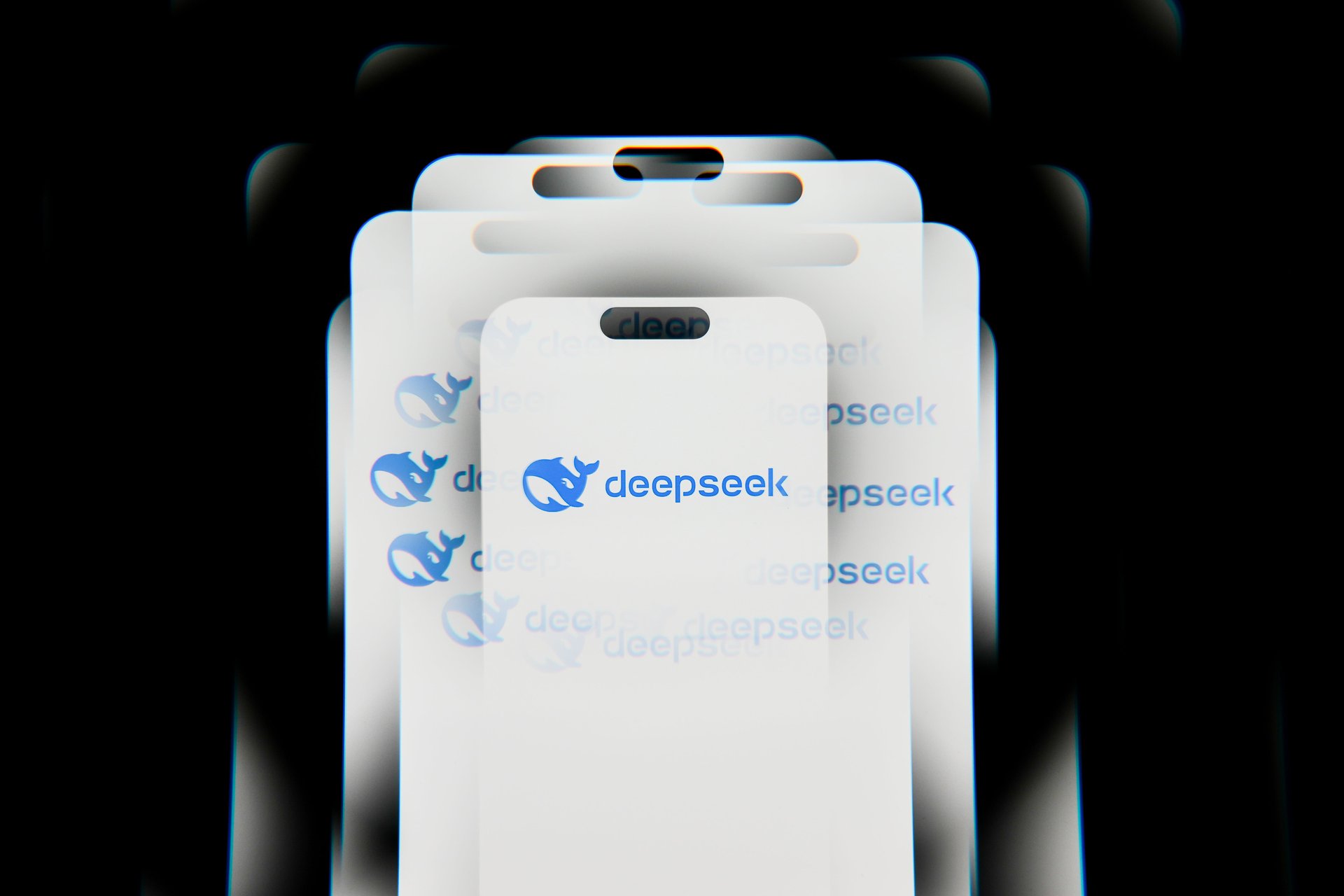Big Tech has a big DeepSeek problem
Microsoft, Meta, and Apple will report earnings after DeepSeek's AI breakthrough called tech companies' AI spending into question — and throttled stocks

Big Tech’s multi-billion dollar spending on artificial intelligence will be under investor scrutiny this week — even more so after China’s DeepSeek sent shockwaves through Wall Street and Silicon Valley with a cheap yet competitive AI model.
Ahead of earnings results from Microsoft, Meta, and Apple, the AI-driven stock rally lost $1 trillion in value after the Hangzhou-based AI startup demonstrated AI reasoning models on par with OpenAI and Anthropic. Last week’s release of DeepSeek-R1 sparked a global sell-off of tech stocks, with Nasdaq, Dow Jones Industrial Average, and S&P500 futures all falling Monday morning. Nvidia (NVDA) stock plunged 17%, wiping out nearly $600 billion in value — a record loss for a U.S. company.
Investors were spooked by DeepSeek, which in December released DeepSeek-V3, a model it said cost just $5.6 million to train and develop on Nvidia’s reduced-capability H800 chips.
According to the technical paper, DeepSeek said it used a cluster of just under 2,050 graphics processing units (GPUs) from Nvidia for training — much less than the tens of thousands of chips U.S. firms are using to train similarly-sized models. Meta (META), for example, used 16,000 of Nvidia’s more powerful H100s to train its Llama 3 405B model.
The tech giant and other U.S. rivals such as OpenAI have touted spending tens of billions on cutting-edge chips and AI infrastructure. Earlier this month, Meta chief executive Mark Zuckerberg said the company is planning to spend up to $65 billion on AI infrastructure this year, and end up with more than 1.3 million GPUs. Meanwhile, OpenAI announced a new joint venture with tech heavyweights SoftBank (SFTBY) and Oracle (ORCL) to invest $500 billion in building new AI infrastructure in the U.S. over the next four years.
DeepSeek’s seemingly efficient and competitive models could challenge Big Tech’s billions in spending on AI infrastructure — but it could also expand the market for AI.
Efficient models could make AI cheaper and more accessible — but Big Tech could still spend more
Despite questions over DeepSeek’s spending and distilled models, “there are a few clear breakthroughs which show the industry a path to cheaper means of both training and inference,” John Belton, a portfolio manager and analyst at Gabelli Funds, said in a statement shared with Quartz.
Belton said DeepSeek’s methods raise questions of “great[er] innovation and therefore compute demand from Western customers,” who have more powerful chips than DeepSeek. Cheaper inferencing could expand the total-addressable-market, Belton said, as well as fulfill Jevon’s Paradox — the idea in economics that the more efficient it is to use a resource, the more likely consumption will increase.
Meanwhile, cloud providers could see more demand as the cost of inferencing, or the process of a trained AI model making predictions from new data, declines — also a “definite positive” for AI developers such as Meta, Google (GOOGL), and Amazon (AMZN), Belton said.
While Jefferies (JEF)’ analyst said in a note that they “still think there will be a significant capex ramp for AI,” the cost of inferencing needs to scale down to reach mass AI adoption.
It’s plausible the efficiency will lead to more demand for hardware to train proprietary models, Mark Klein, chief executive of SuRo Capital (SSSS), said in a statement shared with Quartz, but developers are still unsure how DeepSeek’s approach can scale with larger chip clusters.
Big Tech is still facing chip constraints
In the near term, AI-focused chip companies will be “unlikely to see meaningful change” in demand due to DeepSeek, considering supply constraints with chips, data center capacity, and power, analysts at William Blair said in a note.
“Longer term, however, the continued pressure to lower the cost of compute—and the ability to reduce the cost of training and inference using new, more efficient algorithmic techniques—could result in lower capex than previously envisioned,” the analysts said.
This could lessen Nvidia’s dominance, William Blair analysts said, especially if companies realize they don’t need large-scale chip clusters for frontier models.
However, Wedbush analyst Dan Ives said the world’s largest companies are not “going to use a Chinese start-up DeepSeek to launch their AI infrastructure and use cases.”
“At the end of the day there is only one chip company in the world launching autonomous, robotics, and broader AI use cases and that is Nvidia,” Ives said in a statement shared with Quartz. “Launching a competitive LLM model for consumer use cases is one thing.....launching broader AI infrastructure is a whole other ballgame and nothing with DeepSeek makes us believe anything different.”
Jefferies analysts agreed that Nvidia will be OK.
“They were overvalued anyway considering that we are only in first generation of this technology,” a Jefferies analyst said in a note. “Even with less demand for giant GPU data centers, the demand for inference machines will be off the charts.”
